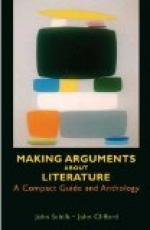It will be seen that the essential difference between the successful experiments of the board of which Dr. Reed is president and the unsuccessful experiments of Finlay consists of the length of time during which the mosquitoes were kept after filling themselves with blood from a yellow fever patient. In Finlay’s experiments the interval was usually short,—from two to five or six days,—and it will be noted that in the experiments of Reed and his associates the result was invariably negative when the insect had been kept less than eight days (7 cases).
Having obtained what they considered satisfactory evidence that yellow fever is transmitted by mosquitoes, Dr. Reed and his associates proceeded to extend their experiments for the purpose of establishing the fact in such a positive manner that the medical profession and the scientific world generally might be convinced of the reliability of the experimental evidence upon which their conclusions were based. These conclusions, which have been fully justified by their subsequent experiments, were stated in their “Preliminary Note” as follows:
1. Bacillus icteroides
(Sanarelli) stands in no causative relation
to yellow fever, but, when
present, should be considered as a
secondary invader in this
disease.
2. The mosquito serves
as the intermediate host for the parasite of
yellow fever.
In “An Additional Note” read at the Pan-American Medical Congress held in Havana, Cuba, February 4,-7, 1901, a report is made of the further experiments made up to that date. In order that the absolute scientific value of these experiments may be fully appreciated I shall quote quite freely from this report with reference to the methods adopted for the purpose of excluding all sources of infection other than the mosquito inoculation:




